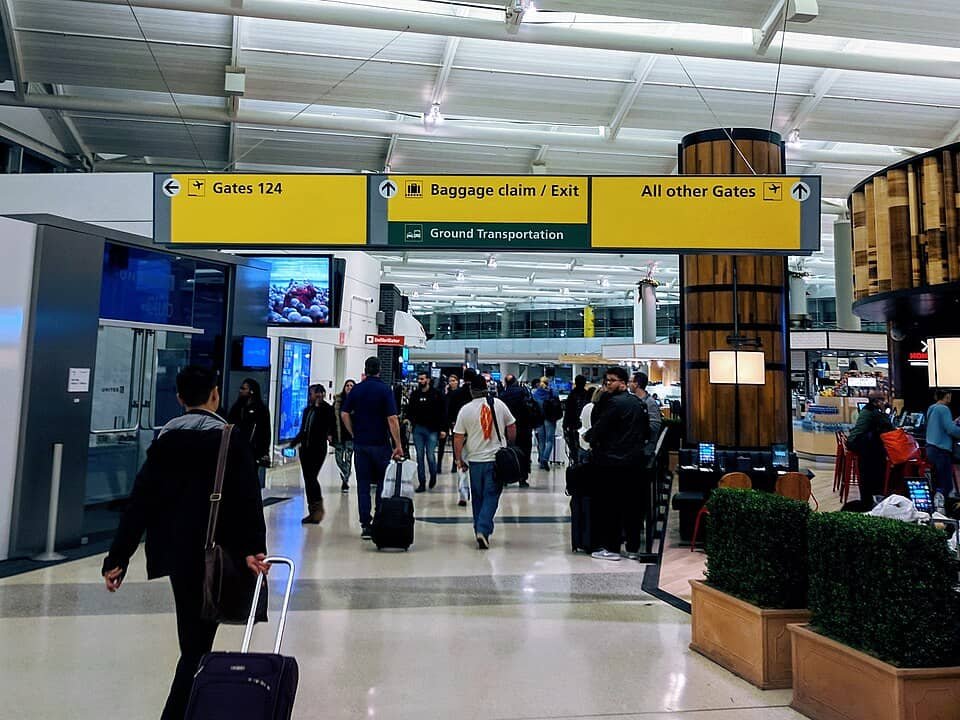Newark Liberty International Airport remains open, but many travelers are experiencing difficulties. If you have an upcoming flight, there are a few important things to keep in mind.
Runway Repairs Leading to Delays
One of Newark’s primary runways has been closed for maintenance since April, with work expected to continue through mid-June. As a result, the airport is operating with reduced capacity, increasing the likelihood of flight delays and cancellations.
Air Traffic Controller Shortages Adding to Challenges
The situation is further complicated by a shortage of air traffic controllers — the professionals responsible for coordinating safe takeoffs and landings. Many are currently unavailable due to stress-related issues and recent disruptions at neighboring airports. This staffing shortfall is contributing to slower operations and greater overall delays.
Technical Glitches Contribute to Disruptions
In late April, a malfunction involving radar and radio systems led to significant delays, with some flights being diverted. Experts warn that Newark’s aging infrastructure is in urgent need of major upgrades to prevent similar issues in the future.
Flight Limits in Place
To help manage the ongoing challenges, the U.S. government has imposed temporary restrictions on the number of flights at Newark. Currently, only 28 arrivals and 28 departures are permitted per hour. This cap is expected to increase to 34 flights per hour starting in June and will remain in effect through October.
United Airlines Cuts Flights to Reduce Strain
United Airlines, the largest carrier operating out of Newark, has proactively canceled 35 round-trip flights per day to help alleviate congestion and reduce delays at the airport.
FAA Implements Temporary Fixes, Plans Long-Term Upgrades
In response to the recent technical issues, the Federal Aviation Administration (FAA) has taken several steps to improve system reliability. Software updates and the installation of new fiber optic cables have helped stabilize radar operations, even during subsequent disruptions. However, a permanent fix is still in the works. The FAA is planning to build a new radar system at the Philadelphia control center, which oversees Newark’s air traffic. This project could take several months, and even after completion, the outdated systems may continue to pose risks.
FAA Addresses Ongoing Issues
FAA Administrator Chris Rocheleau acknowledged the widespread impact of Newark Airport’s current challenges, stating, “Our goal is to relieve the substantial inconvenience to the traveling public from excessive flight delays due to construction, staffing challenges, and recent equipment issues, which magnify as they spread through the National Airspace System,” according to a report by Newjersey101.5.
What Travelers Should Do
- Check your flight status before heading to the airport.
- Arrive early, especially for international departures.
- Use your airline’s app or website to stay informed about any changes or delays.
While Newark Liberty International Airport remains open, it is experiencing significant operational issues. If you’re flying soon, plan ahead and stay informed to minimize disruptions to your travel.
Image Credit-Newark Airport
